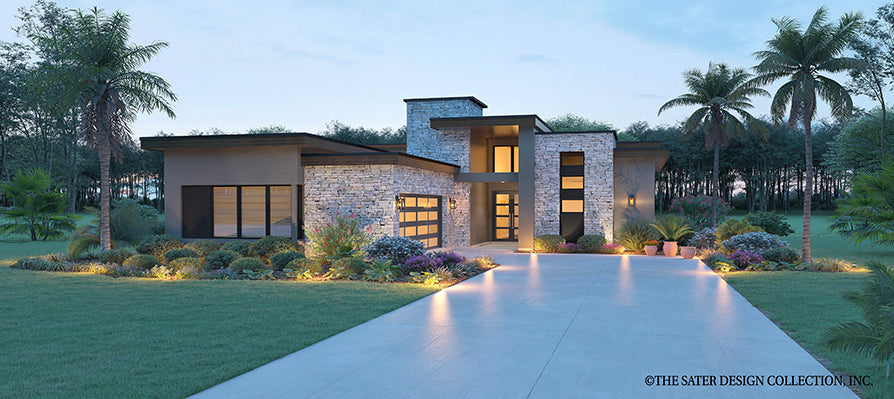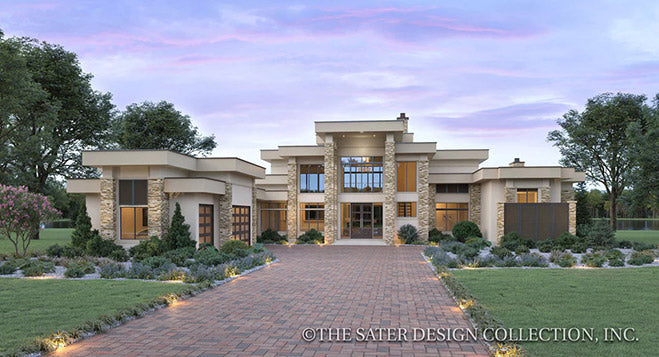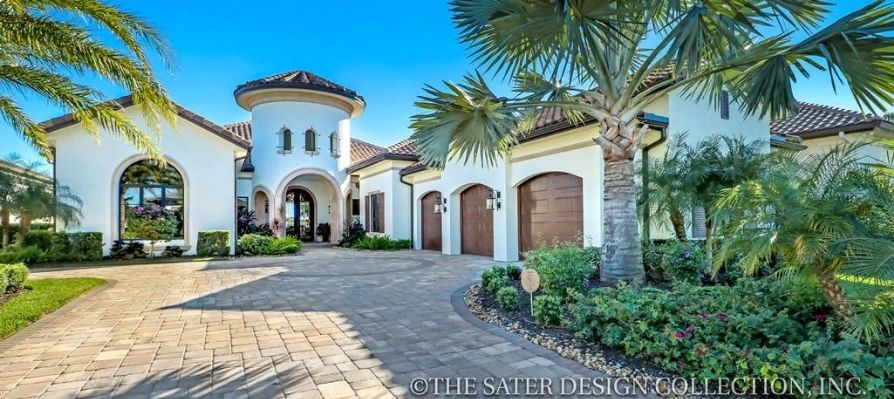We try to cover all the basics here. But everyone has their own concerns when building a home. If you do not see a topic you are looking for check our Frequently Asked Questions pages. If you are still in need of some help, we are glad to assist you. Feel free to give us a call or send us an email.
Financing the construction of a new home is more challenging than obtaining financing for a conventional home purchase. Particularly in the current financing market, begin to search for financing early. Work with a mortgage broker that specializes in, or is at least familiar with, the unique loan products that cover home construction lending.
Convertible Loans
These loans cover your construction and then convert into a permanent mortgage without a second closing. This is a special product called a CTP, or construction to permanent, loan designed particularly for the needs of individuals building homes. As you build your home, it serves as a credit line, from which you write checks for your lot and construction costs. You will typically make interest-only payments during the construction phase.
Separate Loans
Some individuals find that two separate loans work better for their situation. Explore your options with a mortgage professional to ensure you are getting the best possible product for you specific needs.
Landscaping Basics
Designing outdoor living spaces is the fun part of building a home. The easiest way to choose a landscape and pool designer is to pick a professional whose signature style you like; someone who is fun to work with and has a sense of adventure. A good landscape designer will have specialized knowledge of the specific area in which you are building in order to make the most educated plans based on what plants thrive in your hardiness zone. Additionally, landscape architects often possess a bachelor’s or master’s degree in this field.
In order to design appropriate landscaping and hardscaping that will complement the home, the designer will meet the owners to learn more about their lifestyle preferences and budget, as well as to find out how the pool will be used. It is important that the homeowners try to define what they are looking for, which could be as simple as tearing out pictures of what they like and do not like from magazines.
Once hired, the homeowners should trust the landscape architect to use his or her expertise in designing a cohesive pool and landscape plan. A good landscape architect listens to the homeowner and is able to visualize what they want and translate those visions into a reality.
A landscape designer will learn about the orientation of the home and work to maximize views toward and away from the house. When done correctly, landscaping will define the scale and proportion of the home.
Selecting Exterior Colors
Selecting the exterior color for your home may just be one of the most difficult decisions to make in building your house. After the plan, the exterior color may make the next biggest impact on the overall outcome.
You want your home to look like it really belongs in your neighborhood, that it contributes to the cohesive look of your street. You also want to ensure the exterior colors are appropriate for the style of the home. Even if you are planning on this house being “it”, the very last forever home for your family, try to pick exterior colors that have universal appeal, just in case you change your minds and eventually want to sell.
Look at our books and magazines for ideas. Even if we do not have photographs of your exact plan, look at the color schemes used on similar home styles that you like. Drive around your new neighborhood, and see what color schemes other people are using to make sure your idea will blend well.
Selecting Interior Finishes
You are about to face hundreds of choices on interior finishes. You will be picking out every faucet, cabinet, countertop, tile, paint shade and doorknob for the whole house.
You can either do this on your own or with the assistance of an interior designer. Even if you do not employ the designer to complete the rooms with furnishings and accessories, many designers like to work at this finish level.
You can find ideas in our books and magazines or even visit some model homes or a Parade of Homes event. One popular method for developing a cohesive look is to start an idea binder with brochures, paint swatches, magazine clippings and other items that you would like to include. Seeing all of these in one place can help you make cohesive decisions. This is how interior designers tend to make decisions, gathering the materials they are considering in one place, like on a mood board, to help guide decisions.
One consideration to make is that you do not want to select finishes that are out of an appropriate price range for your neighborhood. You do not want to pick things that are too cheap and would be things most future owners would like to replace, but you also do not want to invest in finishes that are so lavish you would not recoup their cost. Make the exception for luxuries you simply cannot live without, like that steam shower, but try to keep most finishes on par for your neighborhood.
Also, consider the style of your home. For example, selecting Mediterranean finishes for a beach cottage might be quite unusual. Or the opposite, cottage finishes in a Mediterranean-style home.


